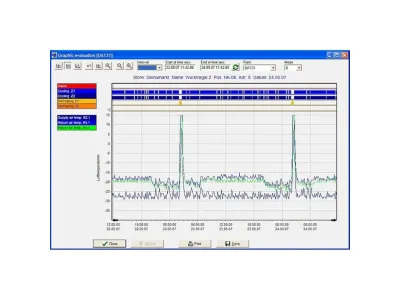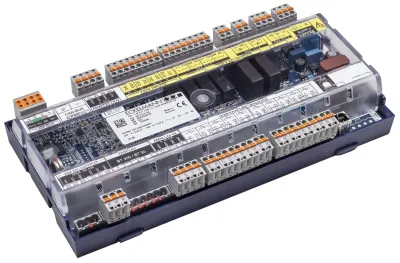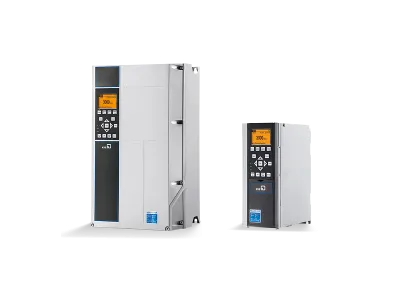Energy optimization of refrigeration systems
Refrigeration Basics
Energy optimization of refrigeration systems
Potential for improvement in cold rooms
We are dedicated to the topic of "cold rooms" and show the potential for improvement of this application. Regardless of whether it is a new building, refrigerant conversion, unsatisfactory goods quality during storage, frequent service calls or a high electricity bill: There are many different motivations for
Contents
Jobs
Mounting
Mechanic/Welder (m/f/d) at GEA
We are looking for three mechanics/welders (m/f/d) at our Berlin location.
Image

GEA Refrigeration Germany GmbH
Berlin, Germany
Fulltime
Project management refrigeration technology
Commercial Employee Order Processing in Engineering (m/f/d)
To strengthen our team, we are looking for a commercial employee to handle engineering projects as soon as possible.
Image

MTA Deutschland GmbH
Nettetal, Germany
Fitter refrigeration technology
MTA Refrigeration Technician (m/f/d) in Customer Service for Baden-Württemberg
To strengthen our team for the Stuttgart region, we are looking for you as a Refrigeration Technician (m/f/d) for our customer service.
Image

MTA Deutschland GmbH
Nettetal, Germany
Fulltime
Get in Touch with the Author
If you have any questions or would like additional information, the author of this article is happy to assist you. Simply use the options below to get in touch directly.
Related Products
Image

The SER, SERI and SEHI are Electronically Operated Step Motor flow control valves, intended for the precise control of liquid refrigerant flow.
Image

The Parker Valve Station (PVS) is an integrated design featuring proven solenoid, regulator or electronic valve modules in conjunction with isolation valves, check valve and strainer.
Image

Remote maintenance centers or refrigeration plant manufacturers use LDSWin for 24/365 remote control and remote monitoring
Image

Cold store controllers for refrigerated cabinets and cold rooms
UA 400 series - The new generation of cold store controllers
Image

The TCS is an intelligent control unit for modern fan drives in dry coolers and condensers.
Related Articles
Drop-In Refrigerants - Definition and Application
Using Drop-In Refrigerants as an Environmentally Friendly Alternative
MAK Value – Maximum Workplace Concentration
The MAK value determines the safe concentration of substances in workplace air and protects individuals from health risks.
What is subcooling?
Reducing energy costs and ensuring the longevity of the system with subcooling.
The refrigeration cycle
The refrigeration cycle and its components explained simple
Basics Of Thermodynamics
Describes the transport and conversion of various forms of energy in systems.
condensing units Installation instructions
General information and practical tips for using Danfoss OptymaTM condensing units are given below. OptymaTM condensing units represent a complete range of units with hermetic Danfoss reciprocating compressors. The design of this series corresponds to the needs of the market. In general, to give an overview of the program, each subsection is divided into the different hermetic compressors mounted on the condensing units.
The refrigeration manufacturer
Mechatronics technician for refrigeration technology
Why refrigeration technology?
In certain areas of application, refrigeration systems are more energetic than conventional heating systems.
Energy optimization of refrigeration systems
Energy optimization of refrigeration systems


